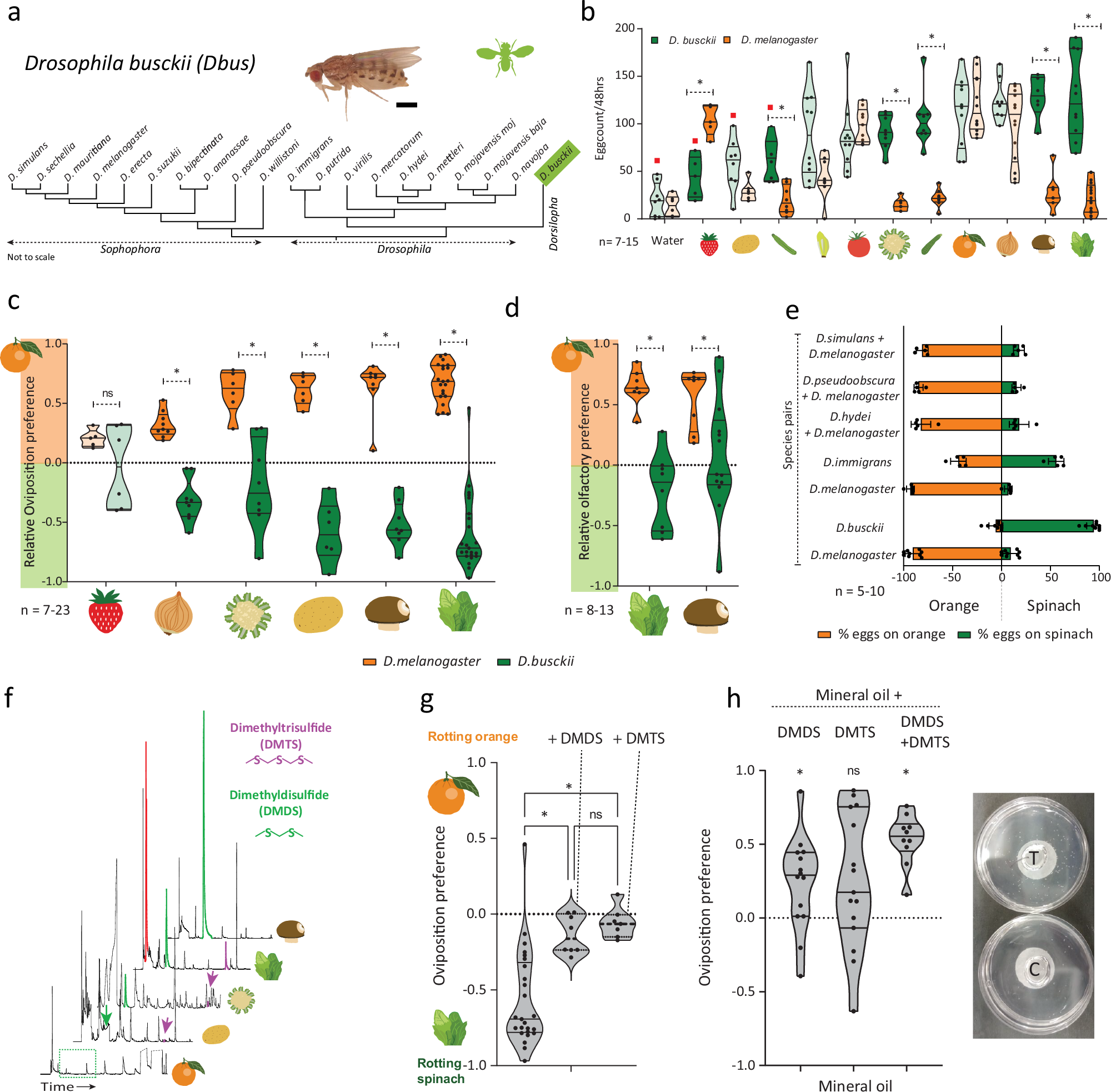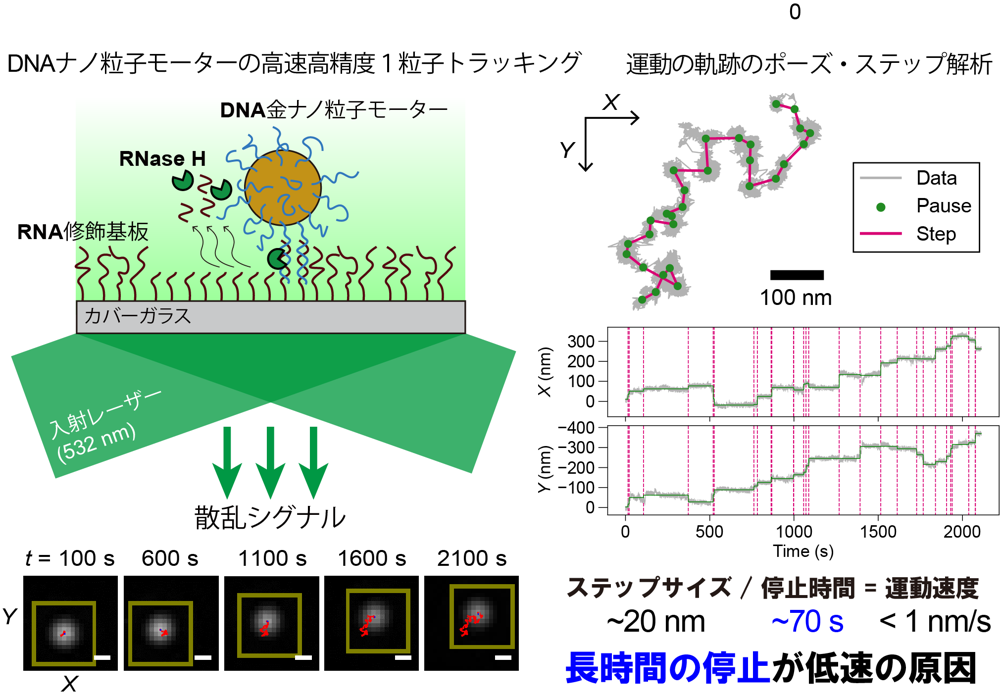2025-01-21 マックス・プランク研究所
<関連情報>
- https://www.mpg.de/24045701/0121-choe-preference-for-the-smell-of-decay-155371-x?c=2249
- https://www.nature.com/articles/s41467-025-55971-2
有毒な揮発性硫黄に対する嗜好性と耐性がショウジョウバエのユニークなニッチを開く Preference for and resistance to a toxic sulfur volatile opens up a unique niche in Drosophila busckii
Venkatesh Pal Mahadevan,Diego Galagovsky,Markus Knaden & Bill S. Hansson
Nature Communications Published:17 January 2025
DOI:https://doi.org/10.1038/s41467-025-55971-2

Abstract
The ability to tolerate otherwise toxic compounds can open up unique niches in nature. Among drosophilid flies, few examples of such adaptations are known and those which are known are typically from highly host-specific species. Here we show that the human commensal species Drosophila busckii uses dimethyldisulfide (DMDS) as a key mediator in its host selection. Despite DMDS’s neurotoxic properties, D. busckii has evolved tolerance towards high concentrations and uses the compound as an olfactory cue to pinpoint food and oviposition sites. This adaptability is likely linked to insensitivity of the enzyme complex cytochrome c oxidase (COX), which is a DMDS target in other insects. Our findings position D. busckii as a potential model for studying resistance to toxic gases affecting COX and offers insight into evolutionary adaptations within specific ecological contexts.


